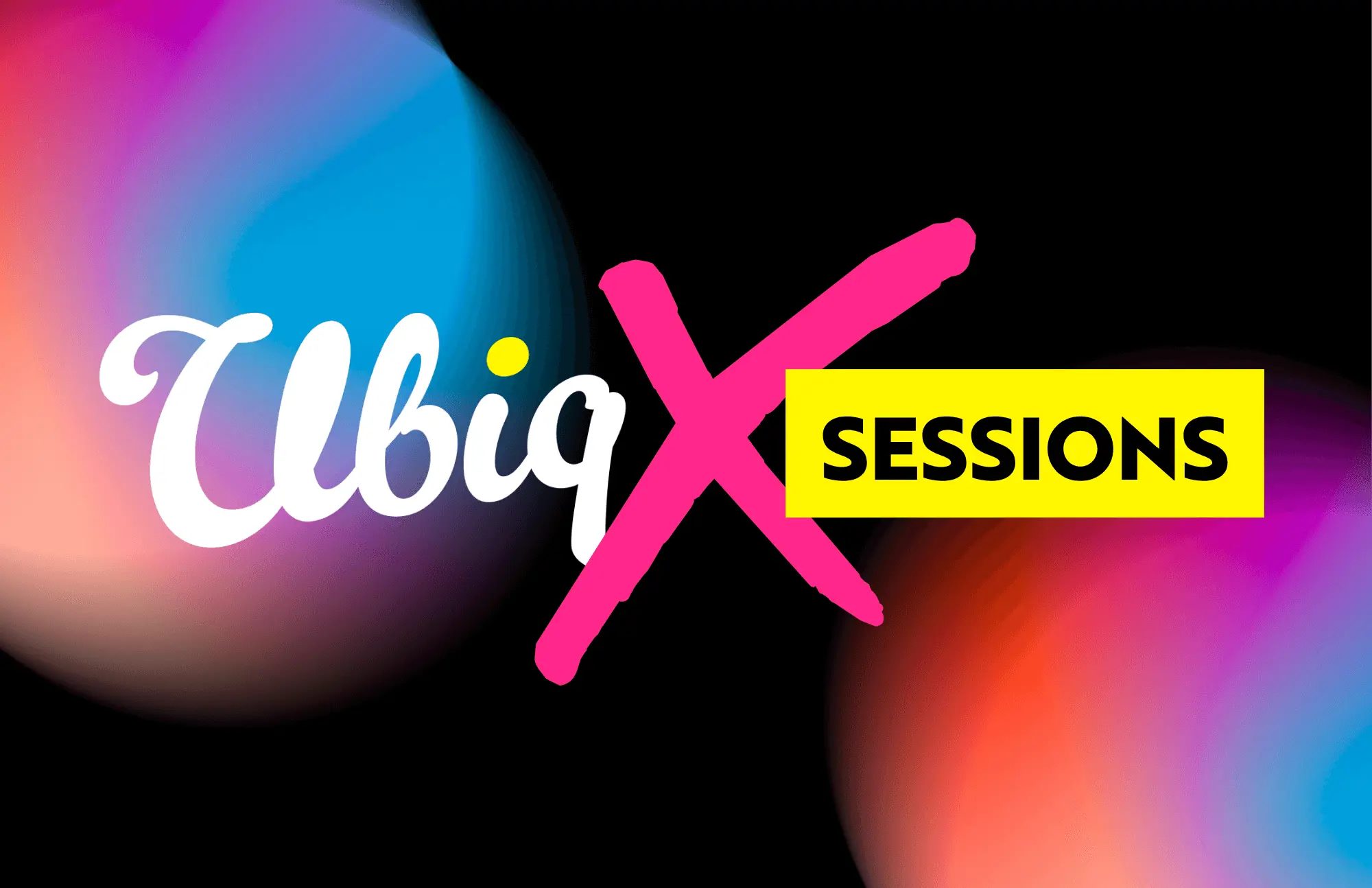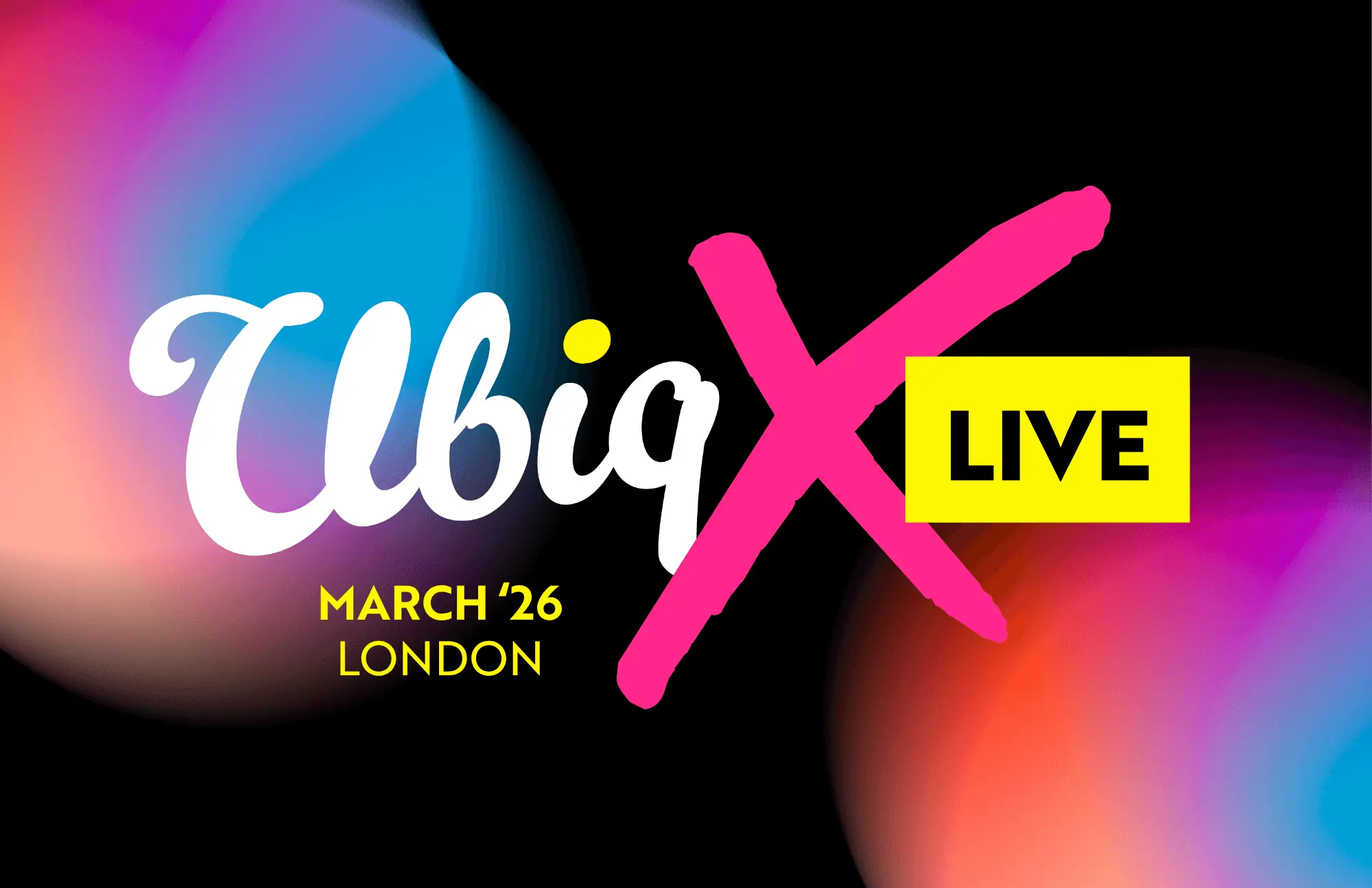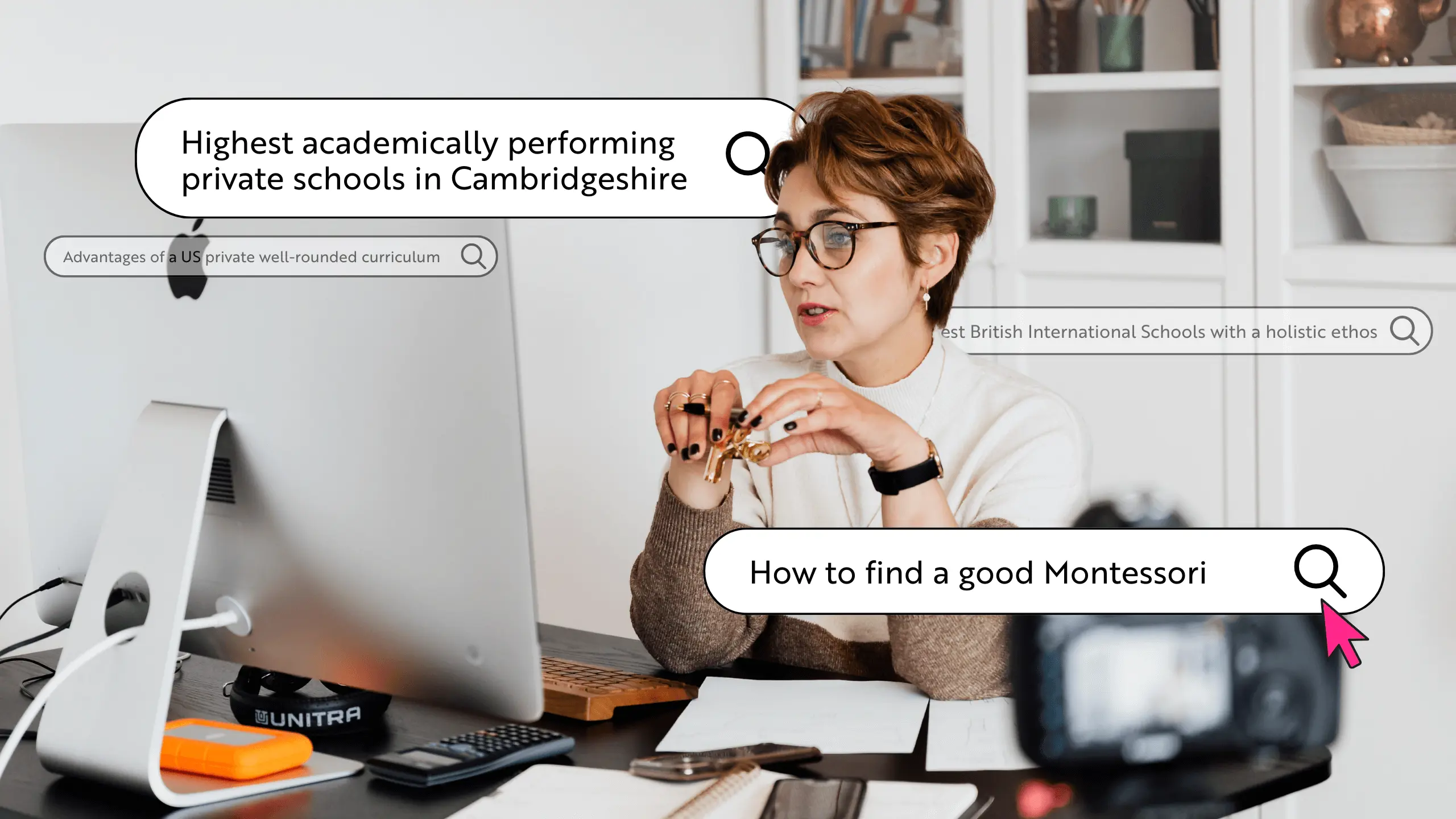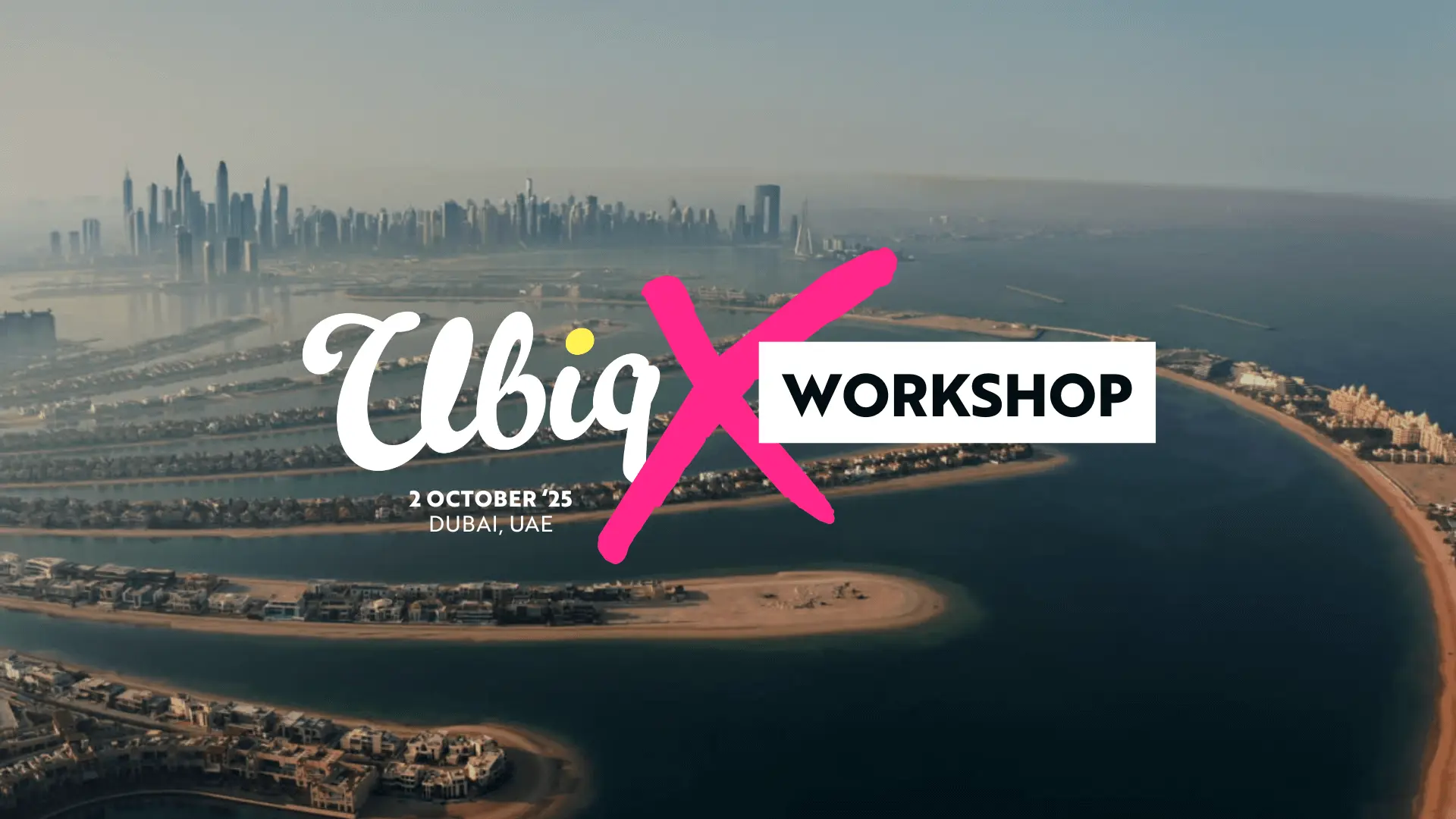Being a Human is a demanding business. With thousands of decisions to make each day, from the humdrum, “oat milk or soya in my coffee this morning?” to the more demanding, “shall I take the car or the train today?”, we can be forgiven for using a few mental shortcuts — and that’s exactly what we do.
With so many choices to be made, often on the spur of the moment, we take mental shortcuts without even realising we’re doing it. These psychological ‘biases’ are neither good nor bad, but they are intrinsic to our intuitive system of thinking. Since our earliest cave-dwelling ancestors first made life-saving decisions in the blink of an eye, these processes have been guiding the way that we reason, process information, and how we perceive reality.
“So what?” I hear you ask.
Taking time to understand these processes gives us powerful tools to shape how consumers behave, particularly when they’re looking at websites. It’s a fact that we aren’t quite as rational as we think. 80% of the time, even amongst highly educated audiences, it is the emotional brain that decides for us — parents looking at schools are a prime example.
To better understand these biases, it is first important to realise that they’re not all bad. They can both help and hinder. Imagine I’m in a burning department store, the ‘expedience bias’ will dictate to me that getting out quickly takes priority over finding the perfect pair of shoes. On another occasion, reacting quickly without taking the time to deliberate and make a more objective decision might mean I race to buy a pair of trainers for a party which turns out to be black-tie — if only I’d waited for the invitation!
Since the term ‘cognitive bias’ was first coined in the early 1970s, psychologists have identified well over 150 separate biases. These shortcuts can be useful, saving us time and energy and allowing our brains to attend to the more weighty decisions in life like: “shall I change jobs?”, or “should I send my child to a new school?”. Of course, when it comes to major life decisions like these, you would hope that the decision-making process would be a careful, lengthy and rational one. Hmmm. Sometimes!
The truth is, we are only human, and to some extent, we are all led by biases. As school marketers, understanding how these influence consumer (parent) behaviour, is key to creating a positive impact.
Let’s look at how this applies to a school website...
First Impressions First - Halos and Horns
Of all the psychological biases, one of the most common can be described as a CONFIRMATION bias. In simple terms: we are drawn to details that confirm our existing beliefs, often leading us to make unjustified assumptions about people and things. Used correctly, this tendency to seek out information that backs up an existing belief or idea can be extremely useful when building the online experience.
Let me explain...
- Halos: On the positive side (the halo effect): think how well-disposed a parent will be to an admissions campaign if your website search function works well and has already shown them good, clear information which is relevant to their child.
- Horns: Conversely, if the search function doesn’t work and persistently shows them images of football when they’ve already applied for a gymnastics scholarship, parents might infer that the school only caters for team sports and simply isn’t right for them, (the horns effect!).
It’s Story Time!
Back to our cave dwellers...
Humankind has always loved stories. Since our fur-clad forbears first gathered around the fire, we have listened to and shared stories as a means of empathising and learning about the world. We are drawn to a good story and our NARRATIVE bias means that even when we don’t have all the information, the picture book in our heads allows us to fill the gaps with positive thoughts.
We remember images – so photographs, film and stories that are personal and relevant to us come quickly to mind and make us more likely to engage. Website personalisation builds on this bias, allowing us to choose the story to tell and make sure it’s one our audience can relate to. Make it simple and relatable, and you are two-thirds of the way there!
This leads us to another very useful bias...
K.I.S.S – Keep it Simple, Stupid – The Paradox of Choice
People don’t want more choices — they want to be more confident in the choices they make.
As seasoned web users, we all know there’s nothing more frustrating than a poorly designed website. When figuring out where to click forces us to use up too much mental energy, we tend to procrastinate. In browsing terms, a site that is confusing or difficult to navigate will quickly alienate its audience. Off they’ll go to make a cup of tea or worse, to check out the competition!
Offer parents too many choices – where to click or what to look at — and you might be causing the kind of CHOICE OVERLOAD bias that leads not only to negative emotions but worse still, can mean they simply abandon the effort. After all, choosing a school is hard enough without having to navigate a website that really doesn’t work. Keep things simple - intuitive and unfussy. Help parents make decisions by using menu options and navigation that are clear and transparent. Show them what they want to see and lead them where they want to go. It really is that easy!
Now I realise that at already close to 1000 words this article is beginning to push your attention span. In a world of bite-sized entertainment and at an average reading speed of around 300 words per minute, most adults will spend just 33 minutes a day reading. That means we’ve already taken up a precious three whole minutes of your day. But this leads me neatly to today’s final examples.
Closely related to our confirmation bias, ATTENTIONAL bias describes the inclination to focus on recurring thoughts, subjects, and particular personal interests, and of course, is yet another example of the importance of good design and website personalisation. For first-time visitors who may be unsure of your school’s offering, it is essential to get your message across early and establish trust. Repetition is an important strategy so consistency of messaging throughout the user journey can be the difference between them applying or not.
So what is the moral of our story?
Be clear, be relevant, repeat!
i. Predictably Irrational – Ariely, 2008
ii. https://www.forbes.com/sites/brettnelson/2012/06/04/do-you-read-fast-enough-to-be-successful/?sh=6433b5a2462e











